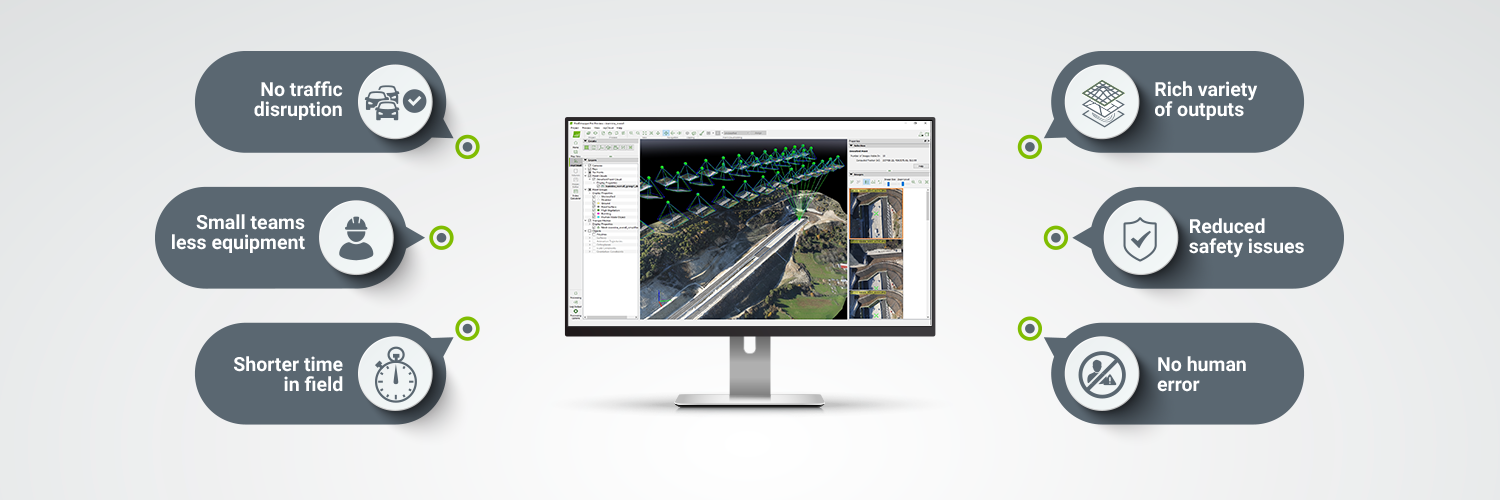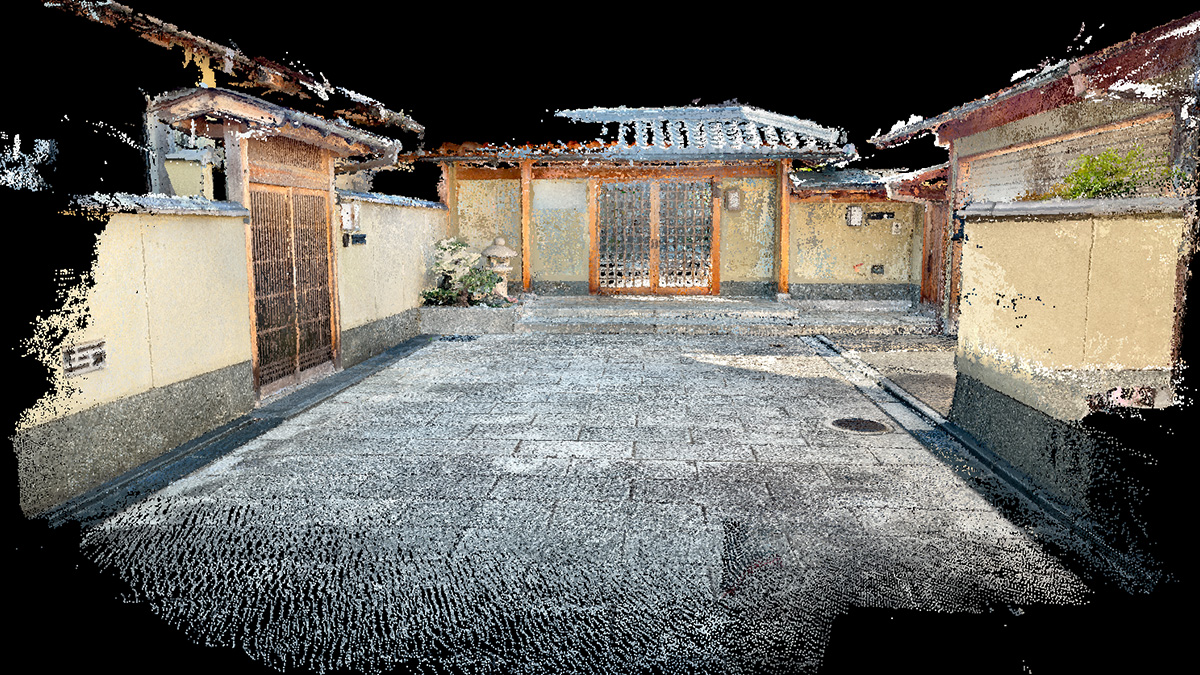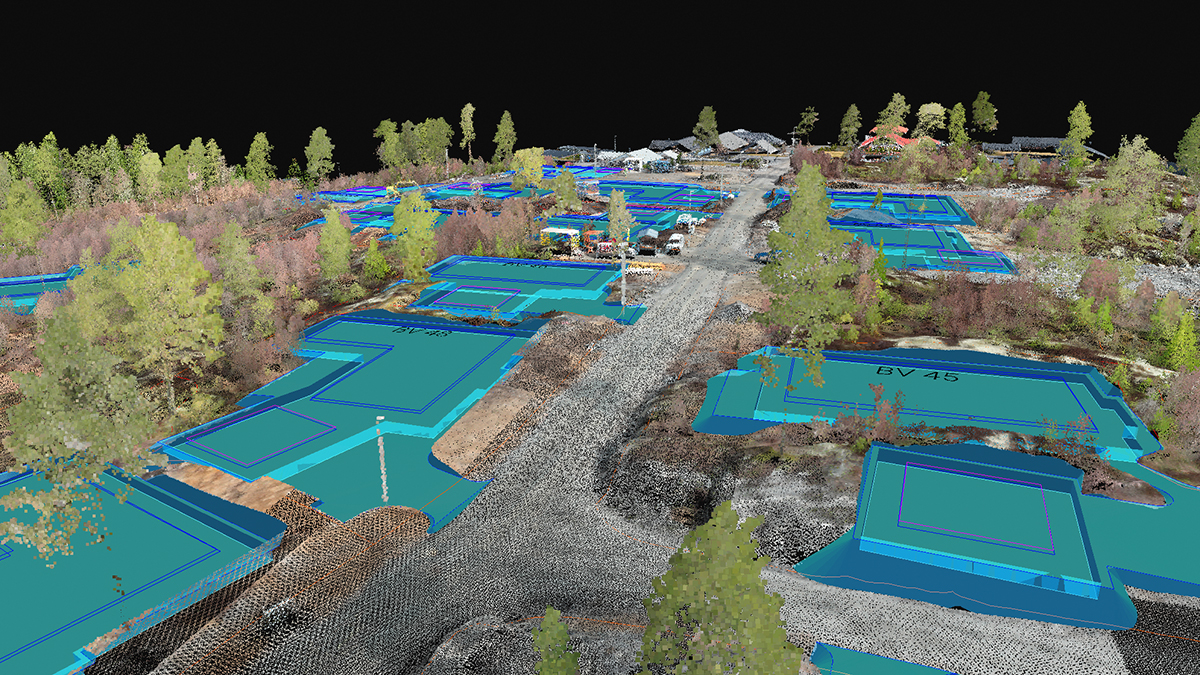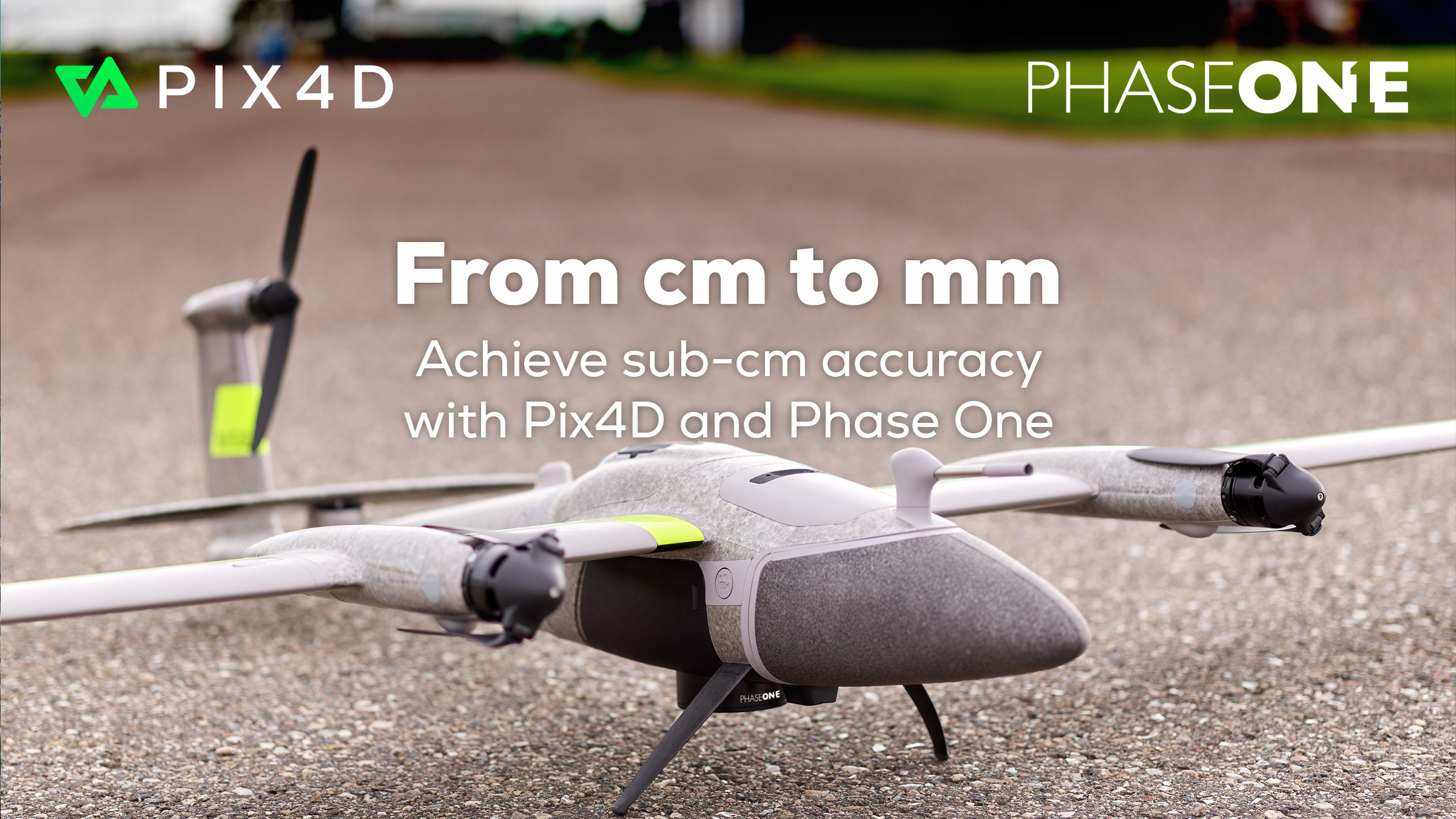Management not maintenance: drone-mapping hits the road
The responsibility of managing highway assets is shifting from reactive maintenance and repair organizations to dynamic, strategic planning agencies.
Technology drivers such as the advent of drones and photogrammetry software in the geospatial industry are driving that change. The combination of these technologies is commonly referred to as drone-mapping and enables organizations to tackle operational challenges–allowing them to perform frequent inspections and create up-to-date, digital asset databases.
The role of infrastructure management agencies involves balancing cost, risk, and performance over the life-cycle of the road network. Although each infrastructure asset management agency states their mission differently, they broadly agree their role is to guarantee the performance of the road networks while minimizing safety risks and the environmental consequences of road traffic. Essentially, they need to ensure the distribution of resources and goods, the accessibility and economic development of the interconnected regions, and the mobility of their inhabitants.
Regularly inspecting and qualifying assets is essential
Agencies need to know the current (and future) technical condition and performance of the asset to balance intervention cost and impact.
From an operational point of view, keeping an up-to-date database and performing periodic surveys of roads, bridges and other civil engineering objects have traditionally been considered costly and time-consuming. Using drones as the data capture tool and photogrammetry software to transform this data into digital spatial models addresses these operational blockers.
Drone-mapping tackles many operational issues

Reduces the high cost of traffic disruption. With traditional surveying methods, highways need to be closed to traffic for several hours. Drone mapping missions can be performed in 20% of the time, without disrupting traffic. Based on traffic management statistical information and the Economic Assessment Manual of the Roads and Maritime Services NSW, the estimated cost of traffic disruption per hour is about $10,000 AUS for major single roads, $25,000 AUS for major dual roads and $80,000 AUS for freeways.
Need for expensive equipment and large teams. Data acquisition missions no longer need to use total stations, highly specialized, expensively trained operators, and a large support team. A drone pilot, with a drone and a small team, can effectively perform such a survey. A photogrammetry software expert can optionally be on the field or can process the data remotely.
Survey time on the field. With a traditional land surveying method, a data acquisition mission for 10 km of a highway would typically take 10 hours accessing only assets that can be viewed from the eye level. With a drone, it would take under 2 hours providing full access and visibility to everything that can be viewed from above.
Limited geospatial data as output. Photogrammetry software not only transforms images into measurable 3D models, it transforms data into visual information, providing an up-to-date visual database of all assets that can be visually inspected.
Safety issues for surveying and road staff. Surveying sites with difficult access, dense vegetation, complex topography, or unstable geological formations with traditional surveying methods can pose safety issues to surveyors and road staff. Aerial methods such as drone-mapping reduce the risk of accidents and exposure.
Human error. Carelessness, miscommunication, or fatigue can lead to significant discrepancies. Drone-mapping does not rely on field notes or any type of manual data entry system. Photogrammetry software extracts data from images and geotags of specialized sensors.
Drone-mapping in action
Vassilis Polychronos, CTO of GeoSense shared his experience using drone-mapping for asset management in Motorway A5, in northern Greece. This example embodies the advantages of drone-mapping for highway asset management:
The goal of the project was to produce documentation for asset management of 11km of new highway and an as-built survey on a radius of 80 meters around it. Our client required an accuracy of 10 cm.
The highway is located on a plain surrounded by mountains. The significant variations in terrain elevation posed a challenge, with the requested accuracy level in mind, we had to plan and adapt our mission to these topographic conditions.
We used a senseFly eBee Plus RTK drone with a S.O.D.A. camera. To plan the mission, we used eMotion, the planning software from senseFly that is capable of designing corridor mapping missions following SRTM DTM models.
In less than two hours, we captured 1300 images, mapping 11km of highway, covering an area of 3.7km2. The RTK GNNS receiver in the eBee Plus provided solid and highly accurate geotags to the images.
We processed the dataset using Pix4Dmapper software on a desktop device. The resulting product had a mean GSD of 3.17cm. We assessed the accuracy of the project using 4 checkpoints where the mean DX and DY was 1.2 x GSD and DZ was 2 x GSD. These results were well below the 10cm accuracy required by our client. We delivered a 3D point cloud in .las format, a 3D textured mesh in .fbx format, an orthomosaic, and a DSM.”

“The benefits of drone-mapping for highway asset management go beyond time savings—over 80% compared with traditional surveying techniques. As it is unobtrusive, it is possible to perform the survey while the highway remains fully operational, without disrupting normal traffic. The rich data and highly accurate deliverables produced with Pix4Dmapper outperformed the initial client request providing a complete and clear, real-world digital reconstruction.”—Vassilis Polychronos, CTO GeoSense
Adopt drone-mapping for highway asset management
Drones and photogrammetry software are empowering organizations to transition to smart asset management. With drone-mapping and an up-to-date, digital database of their assets, infrastructure asset managers can survey, inspect and manage assets more often, providing the basis for dynamic, strategic planning.



